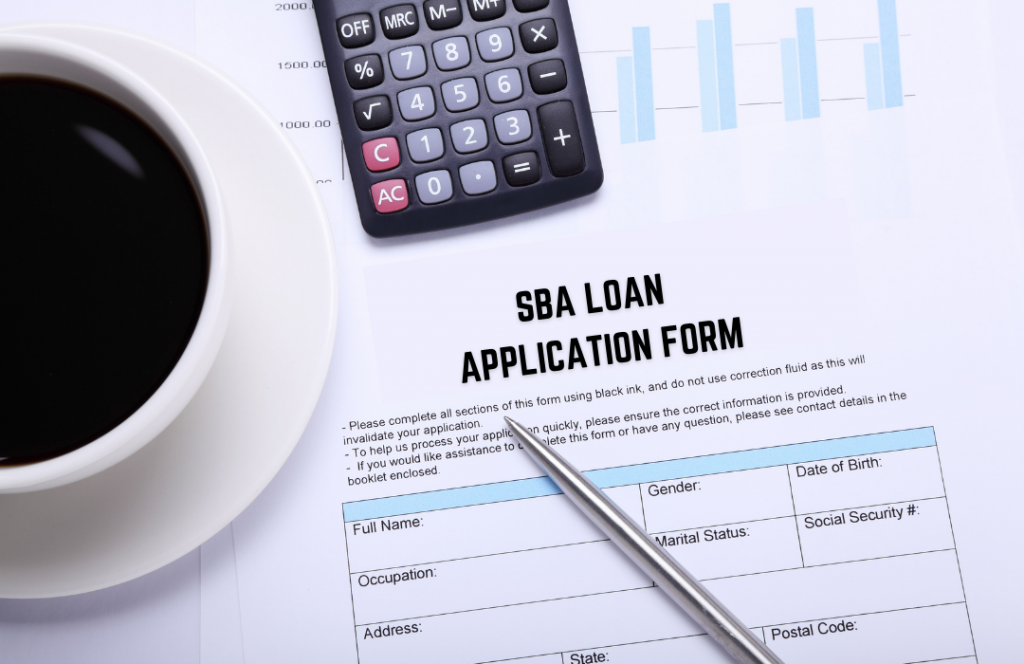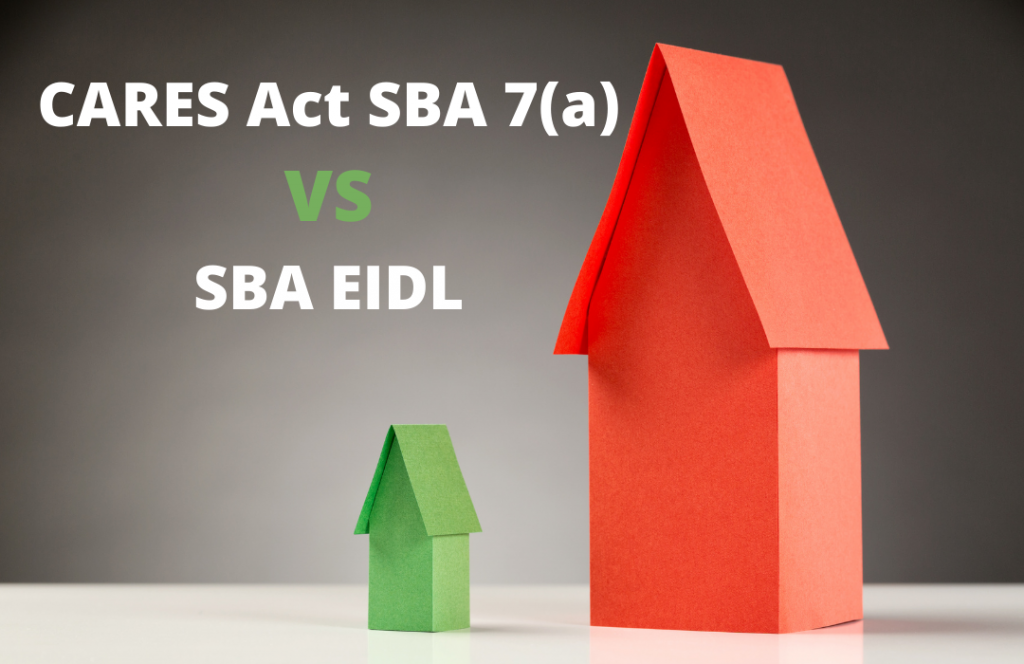- Home
- About Us
- Apply Online
- Resources
- Mortgage Loans Option
- Marketing
- FAQs
- Upload Your Documents
- Blogs
- Buying a Home? Make sure to follow these steps.
- Getting a Mortgage: 10 Things Must be Considered
- Getting Your First Mortgage: Guide to Ease
- Shopping for a Mortgage: 8 Things to Know Before You Go
- What Are Conventional Loans?
- What Are The Tax Benefits of Buying A Home?
- What Is A Jumbo Loan?
- What is a Subprime Mortgage?
- What Is A VA Loan?
- What Is An Adjustable Rate Mortgage?
- What Is An FHA Loans?
- Your DTI: How It Affects You
- Your First Home Should be An Investment Property
- Your Mortgage Get Approved: Don’t do these things
Apply for SBA Loan
Following President Trump’s signing of the historic Coronavirus Aid, Relief, and Economic Security (CARES) Act, SBA Administrator Jovita Carranza and Treasury Secretary Steven T. Mnuchin today announced that the SBA and Treasury Department had initiated a robust mobilization effort of banks and other lending institutions to provide small businesses with the capital they need. The CARES Act establishes a new $349 billion Paycheck Protection Program. The Program will provide much-needed relief to millions of small businesses so they can sustain their businesses and keep their workers employed. “This unprecedented public-private partnership is going to assist small businesses with accessing capital quickly. Our goal is to position lenders as the single-point-of-contact for small businesses. The application, loan processing, and disbursement of funds will all be administered at the community level,” said Administrator Carranza. “Speed is the operative word; applications for the emergency capital can begin as early as this week, with lenders using their own systems and processes to make these loans.

What are the benefits of SBA Loan programs?
We remain committed to supporting our nation’s more than 30 million small businesses and their employees so that they can continue to be the fuel for our nation’s economic engine. “This legislation provides small business job retention loans to provide eight weeks of payroll and certain overhead to keep workers employed,” said Secretary Mnuchin. “Treasury and the Small Business Administration expect to have this program up and running by April 3rd so that businesses can go to a participating SBA 7(a) lender, bank, or credit union, apply for a loan, and be approved on the same day. The loans will be forgiven as long as the funds are used to keep employees on the payroll and for certain other expenses.”
The new loan program will help small businesses with their payroll and other business operating expenses. It will provide critical capital to businesses without collateral requirements, personal guarantees, or SBA fees – all with a 100% guarantee from SBA. All loan payments are deferred for six months. Most importantly, the SBA will forgive the portion of the loan proceeds used to cover the first eight weeks of payroll costs, rent, utilities, and mortgage interest.
We have received hundreds of emails and calls from business owners confused about the SBA relief funding options available. One of the most prevalent questions we have been asking is, “What is the difference between the SBA EIDL and CARES Act program, and which is better?” Business owners also want to know what loan terms are available and apply for both types of relief funding. Outlined below, and to the best of our ability based on the available information, are the differences between the two programs and the broad strokes of each entails.
Economic Injury Disaster Loan (EIDL)
– Must apply directly through the SBA (funds delivered by the SBA only, not us)
– Loan amounts up to $2,000,000
– 3.75% interest rate for for-profit businesses
– 2.75% interest rate for non-profit businesses
– Loan terms will not exceed 30 years
– Only available in states with SBA approved declarations of disaster (check the most current State availability list here)
– Through our sources, we’ve heard there are currently over 25,000 applications submitted so far, with at least a 3-week approval lag time. Approval time will increase on new applicants.
– If you receive an EIDL, you will not be eligible for the CARES Act SBA 7(a) Relief Loan
CARES Act SBA 7(a) Relief Loans*
– You can apply through South End Capital
– SBA Loan amounts up to $10,000,000 (The maximum loan amount is the lesser of $10,000,000 or the product obtained by multiplying average total monthly payments for payroll costs during the one year before the loan is made by 2.5. So if the loan was made on April 1, 2020, and the average monthly payroll costs for April 1, 2019, to April 1, 2020, were $1,500,000, the maximum loan amount would be $3,750,000. Payroll amounts over $100,000 per person is excluded from the calculation).
– No minimum credit score guidelines
– Interest rates will not exceed 4% for eligible for-profit and non-profit businesses
– Fully amortizing loan terms of 10 years
– Loans proceeds to include payroll support (including paid sick or medical leave), team member salaries, mortgage payments, insurance premiums and any other debt obligations incurred before 2/15/2020
SBA guarantee fees and lender fees will be waived
– No prepay penalty and no personal guarantees
– The “credit elsewhere” test and collateral requirements would be waived during the covered period (this means that if you can get a loan “credit” through a non-disaster relief program, you can still get a loan under the CARES Act)
– A borrower with a current EIDL loan can only also receive the CARES Act SBA 7(a) Relief Loan if the EIDL loan is unrelated to COVID-19
– Borrower Requirements
There are very few borrower requirements outlined in the bill to obtain a loan under the new program.
Those requirements include a good-faith certification that:
– This SBA loan is needed to continue operations during the COVID-19 emergency;
– Funds will be used to retain workers and maintain payroll or make the mortgage, lease, and utility payments;
– The applicant did not apply for an SBA loan pending under this program for the same purpose; and
– From February 15, 2020, until December 31, 2020, the applicant has not received duplicative amounts under this program.
What are the benefits of SBA Loan programs?
We remain committed to supporting our nation’s more than 30 million small businesses and their employees so that they can continue to be the fuel for our nation’s economic engine. “This legislation provides small business job retention loans to provide eight weeks of payroll and certain overhead to keep workers employed,” said Secretary Mnuchin. “Treasury and the Small Business Administration expect to have this program up and running by April 3rd so that businesses can go to a participating SBA 7(a) lender, bank, or credit union, apply for a loan, and be approved on the same day. The loans will be forgiven as long as the funds are used to keep employees on the payroll and for certain other expenses.”
The new loan program will help small businesses with their payroll and other business operating expenses. It will provide critical capital to businesses without collateral requirements, personal guarantees, or SBA fees – all with a 100% guarantee from SBA. All loan payments are deferred for six months. Most importantly, the SBA will forgive the portion of the loan proceeds used to cover the first eight weeks of payroll costs, rent, utilities, and mortgage interest.
We have received hundreds of emails and calls from business owners confused about the SBA relief funding options available. One of the most prevalent questions we have been asking is, “What is the difference between the SBA EIDL and CARES Act program, and which is better?” Business owners also want to know what loan terms are available and apply for both types of relief funding. Outlined below, and to the best of our ability based on the available information, are the differences between the two programs and the broad strokes of each entails.
Economic Injury Disaster Loan (EIDL)
– Must apply directly through the SBA (funds delivered by the SBA only, not us)
– Loan amounts up to $2,000,000
– 3.75% interest rate for for-profit businesses
– 2.75% interest rate for non-profit businesses
– Loan terms will not exceed 30 years
– Only available in states with SBA approved declarations of disaster (check the most current State availability list here)
– Through our sources, we’ve heard there are currently over 25,000 applications submitted so far, with at least a 3-week approval lag time. Approval time will increase on new applicants.
– If you receive an EIDL, you will not be eligible for the CARES Act SBA 7(a) Relief Loan
CARES Act SBA 7(a) Relief Loans*
– You can apply through South End Capital
– Loan amounts up to $10,000,000 (The maximum loan amount is the lesser of $10,000,000 or the product obtained by multiplying average total monthly payments for payroll costs during the one year before the loan is made by 2.5. So if the loan was made on April 1, 2020, and the average monthly payroll costs for April 1, 2019, to April 1, 2020, were $1,500,000, the maximum loan amount would be $3,750,000. Payroll amounts over $100,000 per person is excluded from the calculation).
– No minimum credit score guidelines
– Interest rates will not exceed 4% for eligible for-profit and non-profit businesses
– Fully amortizing loan terms of 10 years
– Loans proceeds to include payroll support (including paid sick or medical leave), team member salaries, mortgage payments, insurance premiums and any other debt obligations incurred before 2/15/2020
SBA guarantee fees and lender fees will be waived
– No prepay penalty and no personal guarantees
– The “credit elsewhere” test and collateral requirements would be waived during the covered period (this means that if you can get a loan “credit” through a non-disaster relief program, you can still get a loan under the CARES Act)
– A borrower with a current EIDL loan can only also receive the CARES Act SBA 7(a) Relief Loan if the EIDL loan is unrelated to COVID-19
– Borrower Requirements
There are very few borrower requirements outlined in the bill to obtain a loan under the new program.
Those requirements include a good-faith certification that:
– This SBA loan is needed to continue operations during the COVID-19 emergency;
– Funds will be used to retain workers and maintain payroll or make the mortgage, lease, and utility payments;
– The applicant did not apply for an SBA loan pending under this program for the same purpose; and
– From February 15, 2020, until December 31, 2020, the applicant has not received duplicative amounts under this program.
Which is Better?
Although you must decide which relief program is best for you, we believe that the CARES Act SBA 7(a) Relief Loan is the better option for the following reasons:
– The SBA EIDL program already has a bottleneck of over 25,000 applications.
– CARES Act SBA 7(a) Relief Loans are available up to $10,000,000 vs. only $2,000,000 for the EIDL program.
– With the expertise and experience of seasoned SBA lenders and loan providers involved and helping to shape policy, we anticipate that the CARES Act SBA 7(a) Relief Loan program will be more streamlined than the EIDL program, and funding will be available faster.

